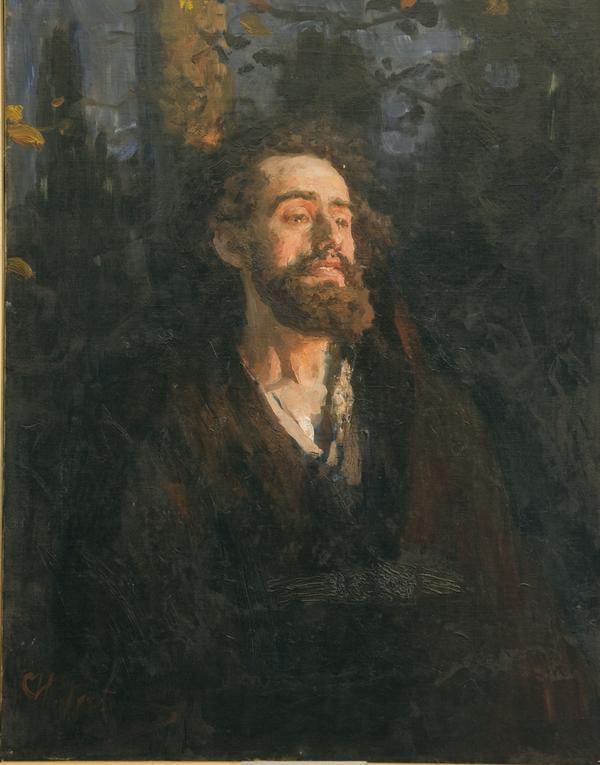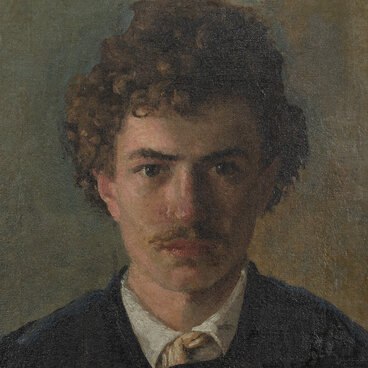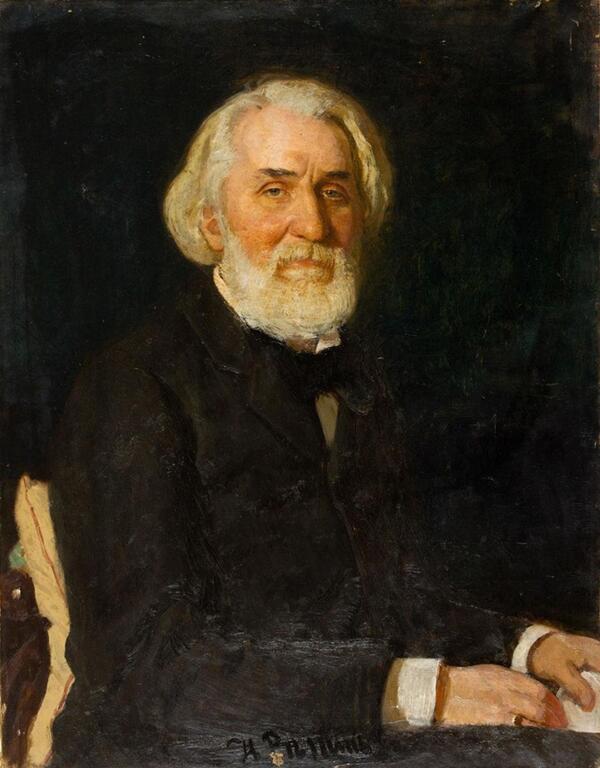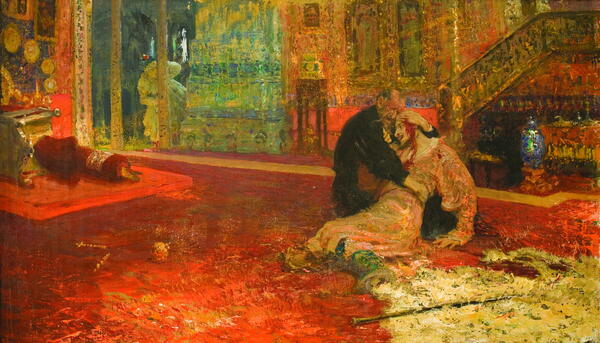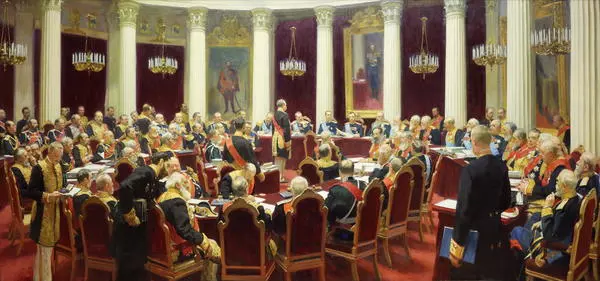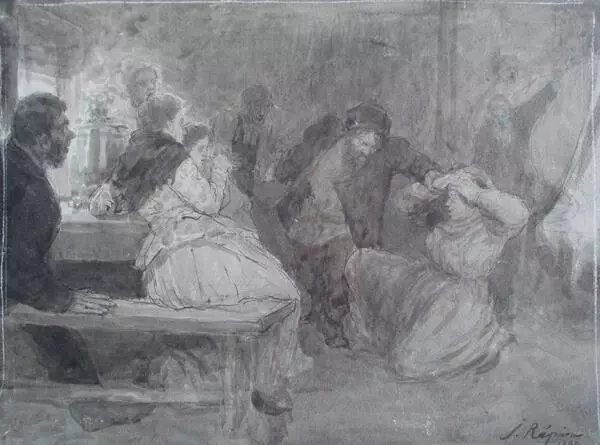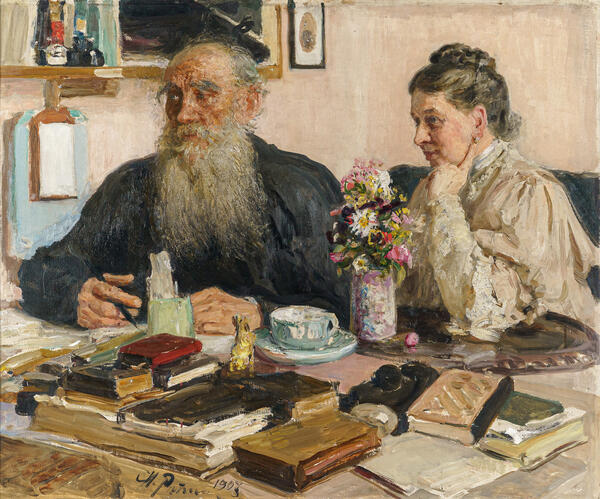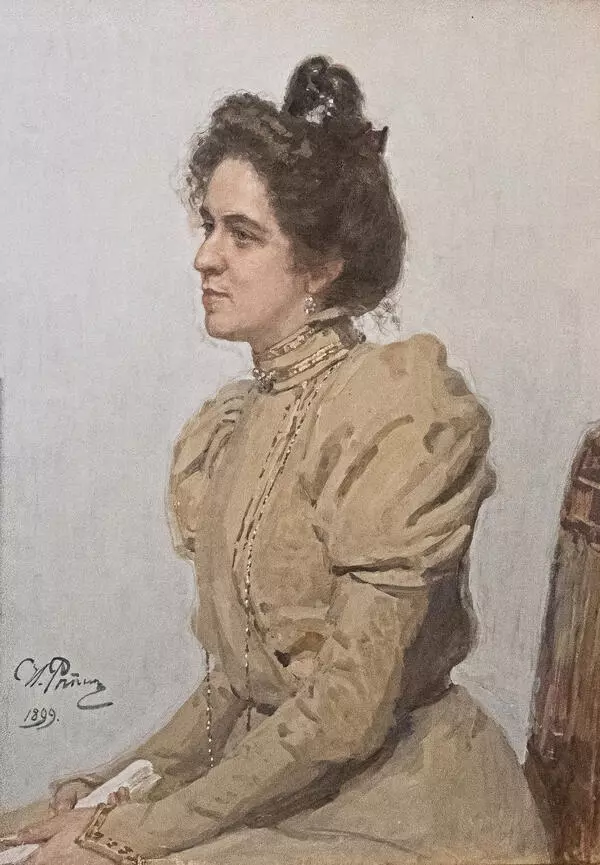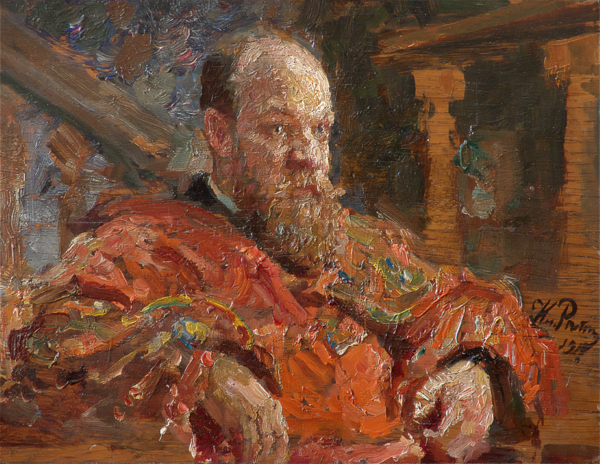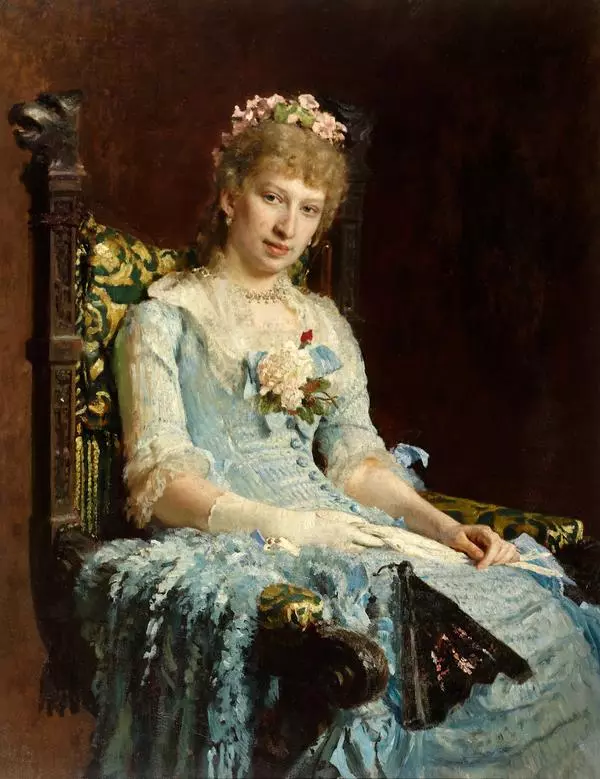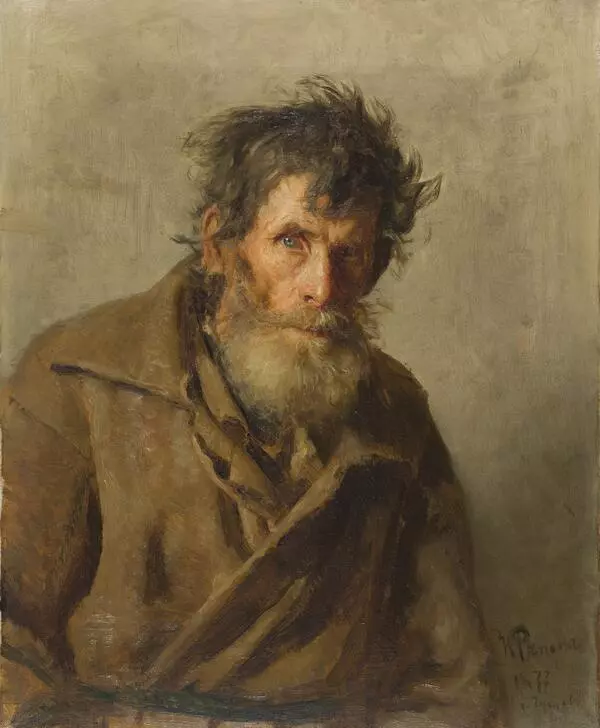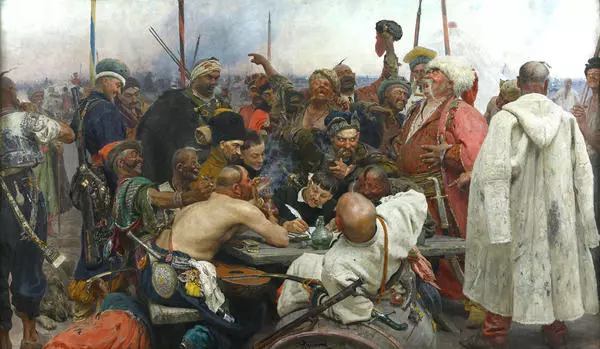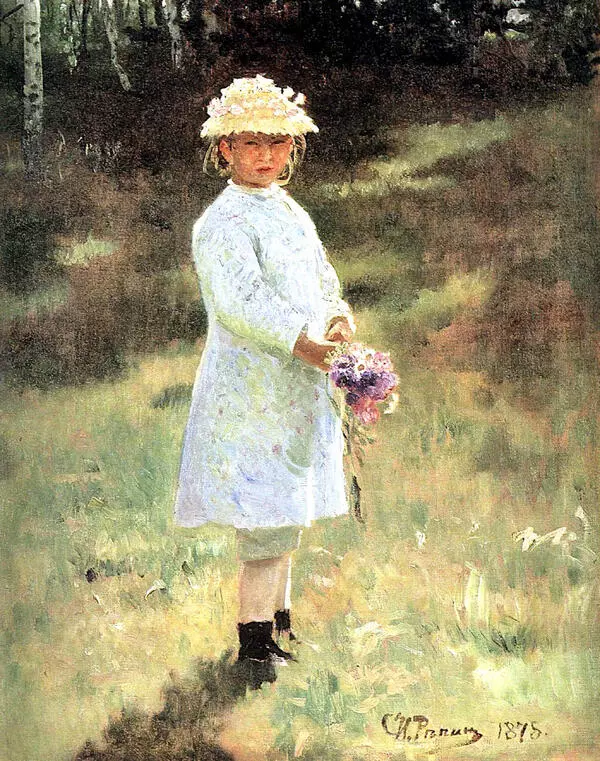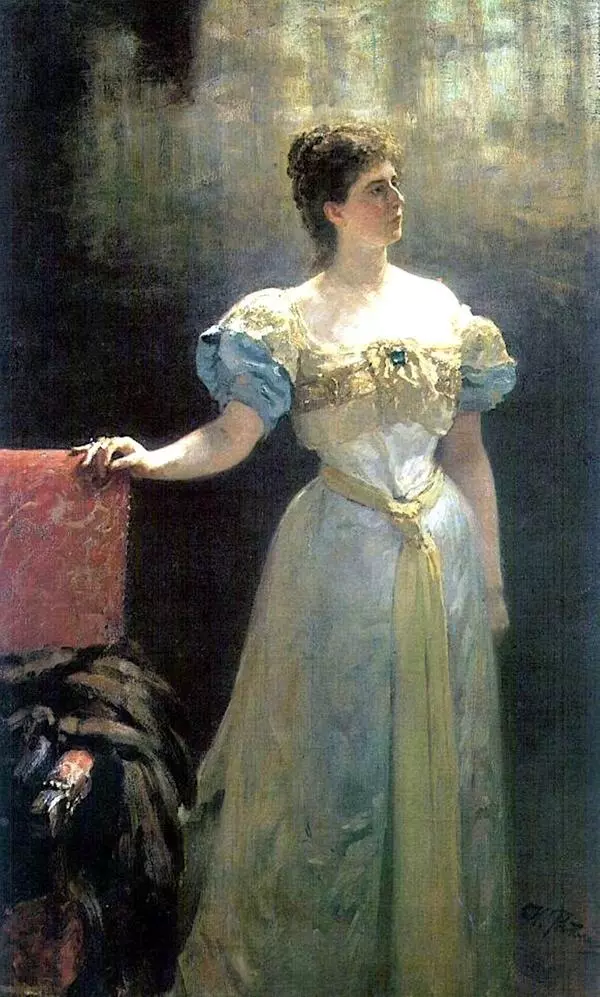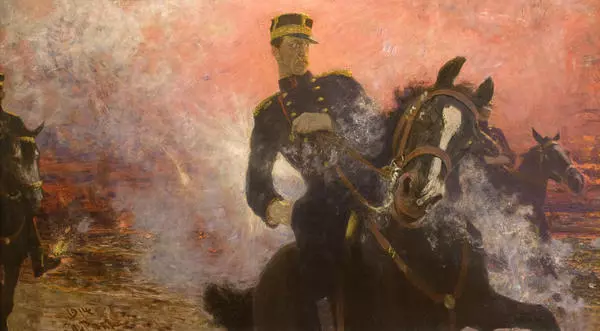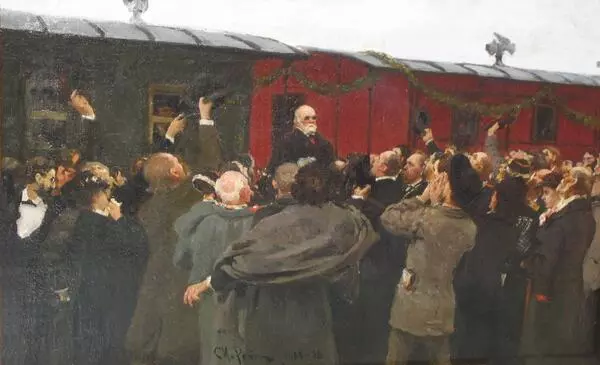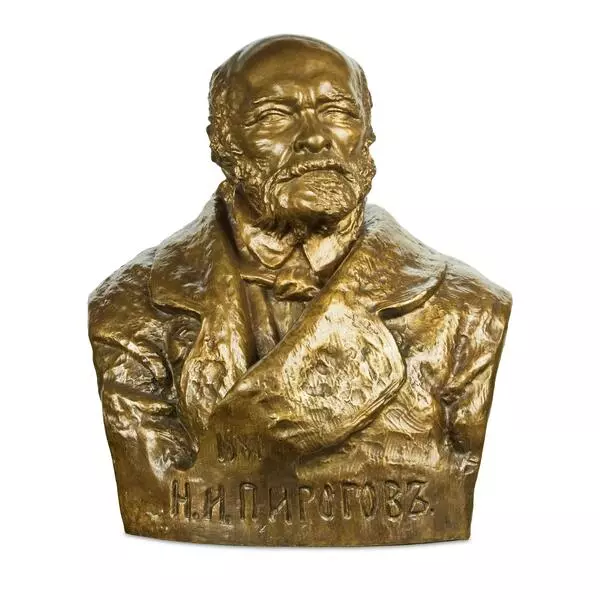The Ostrogozhsk Museum of History and Art houses a painting titled “Judas Iscariot” by the prominent Russian artist Ilya Repin. The painting (study) was inspired by Leonid Andreyev’s short novel “Judas Iscariot”.
Ilya Repin (1844–1930) was one of the leaders of Russian realism. The painter was born in the town of Chuguyev, Kharkov Governorate into the family of Yefim Repin — a soldier with a leave certificate. At the age of 11, Ilya’s parents sent him to a school of topographic engineers, and later he studied in an icon painting workshop under the painter Ivan Bunakov. Stories about a talented young artist spread throughout the region, and wealthy customers started commissioning paintings from Repin. Inspired by the success of the Ostrogozhsk artist Ivan Kramskoy, Ilya Repin decided to go to St. Petersburg where he first studied at the St. Petersburg Drawing School of the Society for the Encouragement of the Arts and later at the Academy of Arts.
In 1878, Ilya Repin became a member of the Society for Traveling Art Exhibitions. The artist worked a lot in his hometown Chuguyev, Moscow, and St. Petersburg. Repin’s journeys across Russia in the late 1870s and early 1880s marked the most fruitful period in the artist’s creative career. In his book “Far and Near”, he articulated the main principles of his work which were based on “substance as it is.” The artist admitted, “I do not care about paints, brush strokes, and virtuosity, I have always pursued the essence: a body as a body.”
This painting was created in 1908. Judas is depicted as a human being who is suffering greatly. He even attracts sympathy, being a repentant sinner and an instrument in the hands of fate. Presumably, Judas’ face resembles that of the writer Vsevolod Garshin.
Ilya Repin (1844–1930) was one of the leaders of Russian realism. The painter was born in the town of Chuguyev, Kharkov Governorate into the family of Yefim Repin — a soldier with a leave certificate. At the age of 11, Ilya’s parents sent him to a school of topographic engineers, and later he studied in an icon painting workshop under the painter Ivan Bunakov. Stories about a talented young artist spread throughout the region, and wealthy customers started commissioning paintings from Repin. Inspired by the success of the Ostrogozhsk artist Ivan Kramskoy, Ilya Repin decided to go to St. Petersburg where he first studied at the St. Petersburg Drawing School of the Society for the Encouragement of the Arts and later at the Academy of Arts.
In 1878, Ilya Repin became a member of the Society for Traveling Art Exhibitions. The artist worked a lot in his hometown Chuguyev, Moscow, and St. Petersburg. Repin’s journeys across Russia in the late 1870s and early 1880s marked the most fruitful period in the artist’s creative career. In his book “Far and Near”, he articulated the main principles of his work which were based on “substance as it is.” The artist admitted, “I do not care about paints, brush strokes, and virtuosity, I have always pursued the essence: a body as a body.”
This painting was created in 1908. Judas is depicted as a human being who is suffering greatly. He even attracts sympathy, being a repentant sinner and an instrument in the hands of fate. Presumably, Judas’ face resembles that of the writer Vsevolod Garshin.

